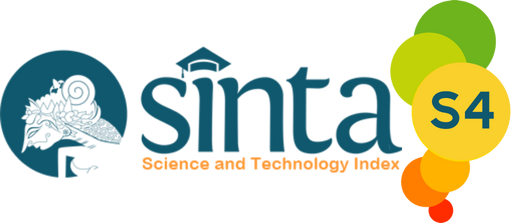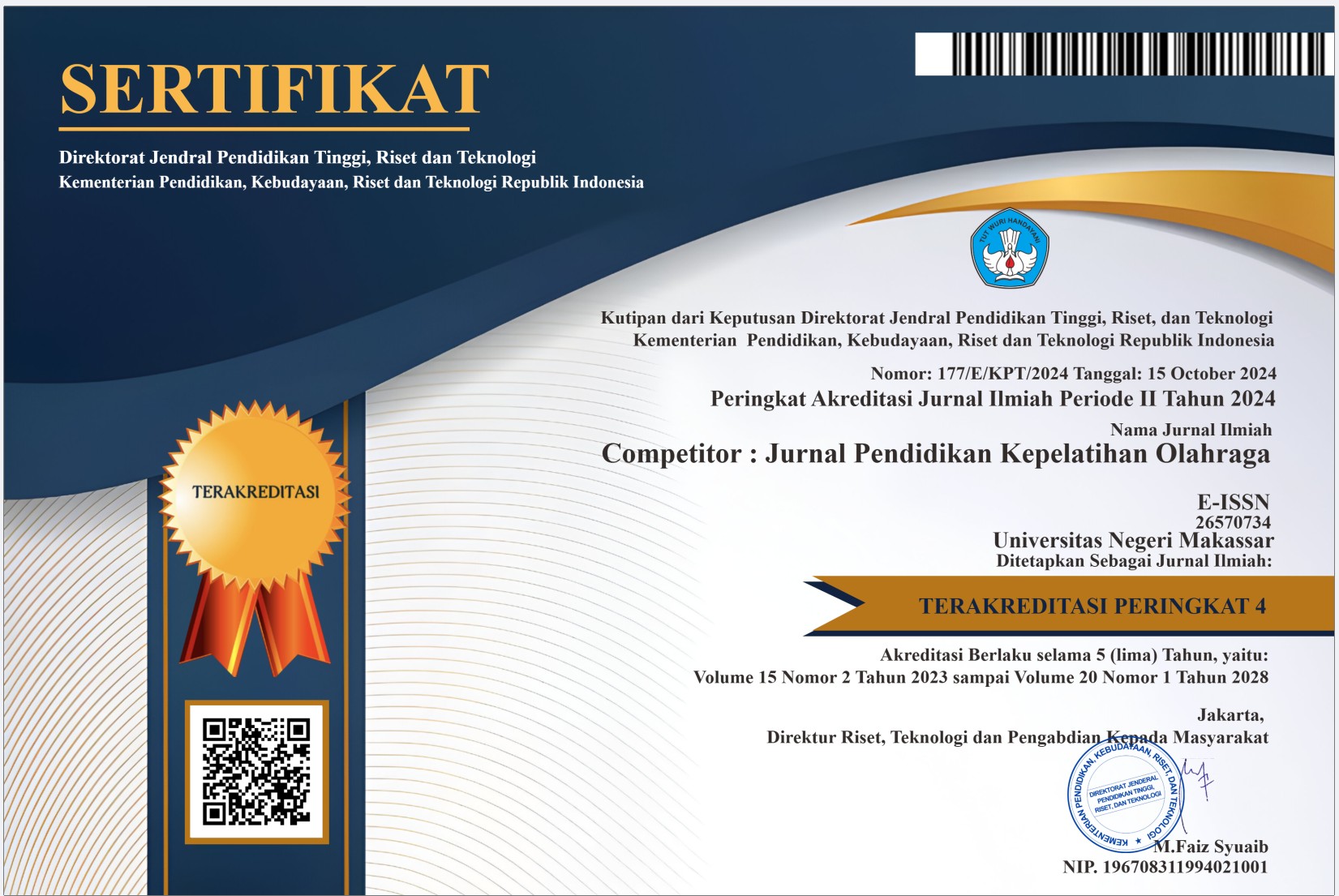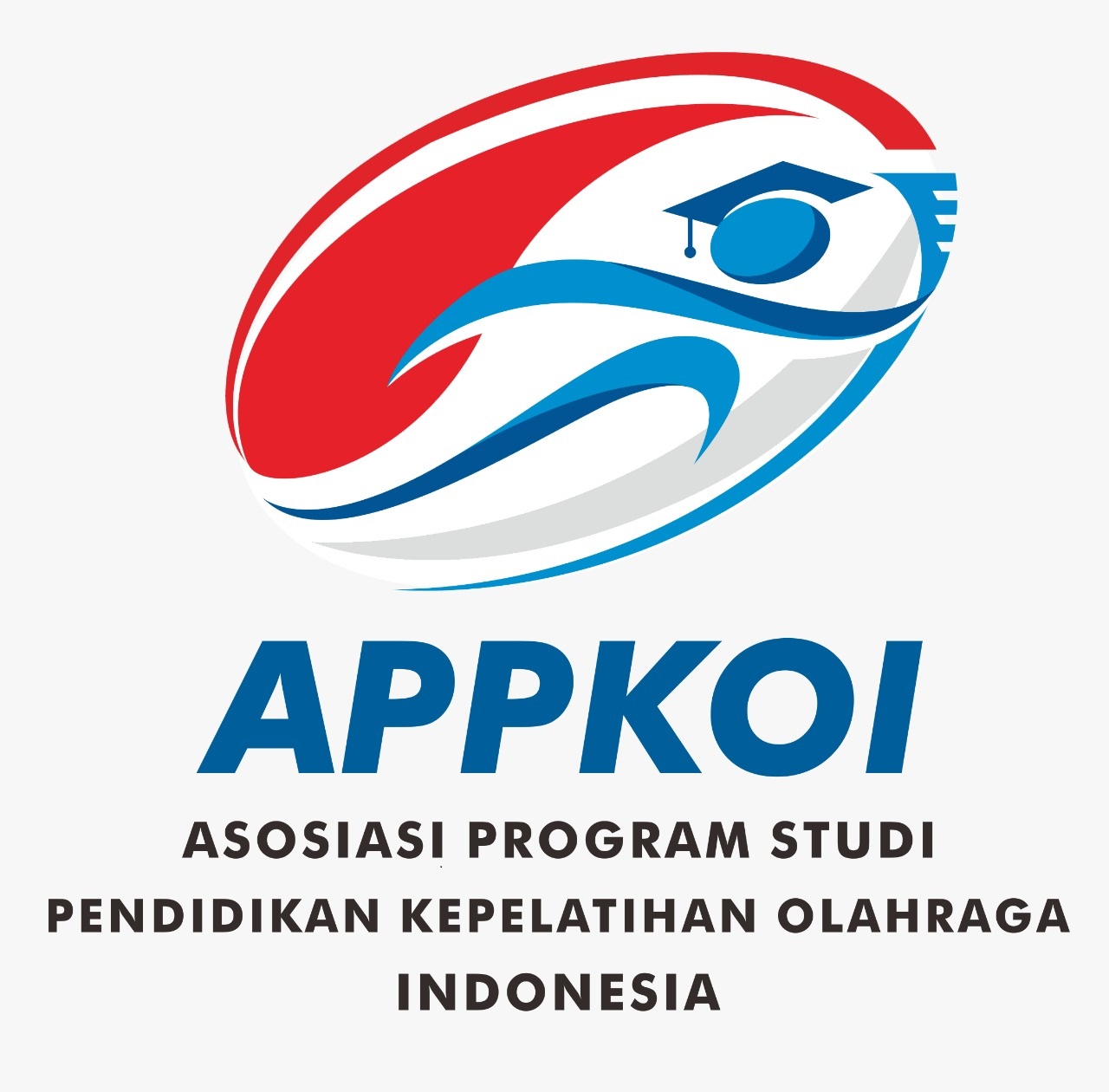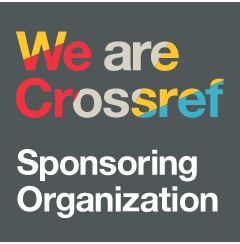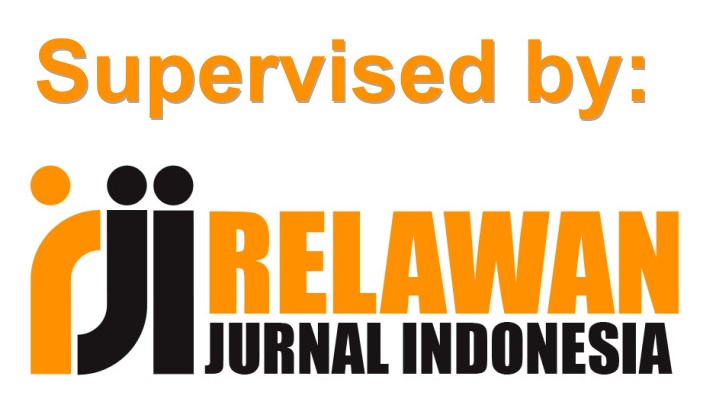Family Economic Conditions and Performance of Athletes: The Importance of a Social Approach in Sports Development
DOI:
https://doi.org/10.26858/cjpko.v17i3.384Keywords:
Family; Economic Conditions; Performance of Athletes; Social Approach; Sports DevelopmentAbstract
Family economic conditions are a crucial determinant of athlete performance, particularly during the training and development stages of a sports career. This study aims to examine the relationship between family economic conditions and athlete performance and the urgency of a social approach within the sports training system. Based on literature review and previous empirical findings, adequate family economic conditions contribute to optimal athlete performance through the provision of basic needs such as nutrition, training facilities, sports equipment, and participation in competitions. This research uses qualitative methods. Qualitative methods aim to understand the meaning behind behaviour, experiences, and individuals' perspectives on a phenomenon deeply and contextually. This research was conducted in Sinjai Regency, with 50 athletes from various sports branches as research subjects. The research focuses on two main variables, namely family support (independent variable) and athlete performance (dependent variable). Data collection techniques in this study include semi-structured interviews, questionnaires, and documentation. Field data shows that differences in family emotional and financial support create significant variation in athletes' physical and mental readiness to compete. Social inequality in sports creates dynamics that reflect disparities in society. According to Sarason, family support can be emotional, instrumental, and financial. Access becomes a major issue, with participants from higher social strata more easily accessing facilities and support compared to those from lower strata, who face obstacles. The structure of sports competitions functions as an extension of this inequality, affecting competition outcomes. These findings indicate that improving athletic performance can be achieved not only through intensive training but also requires social interventions and supportive policies.
References
Azizy, M. R. (2024). Analisis Faktor Faktor Yang Mempengaruhi Prestasi Belajar Atlet Voli Di Universitas IVET. Universitas Ivet.
Creswell, J. W. (2018). Research Design: Qualitative, Quantitative, and Mixed Methods Approaches (5th ed.). SAGE Publications.
Coakley, J. (2021). Sports in Society: Issues and Controversies. McGraw-Hill Education.
Coleman, J. S. (1990). Foundations of Social Theory. Harvard University Press.
Creswell, J. W. (2018). Qualitative Inquiry and Research Design: Choosing Among Five Approaches. SAGE Publications.
Denzin, N. K. (2017). The Research Act: A Theoretical Introduction to Sociological Methods. Routledge.
Fredricks, J. A., & Eccles, J. S. (2004). Parental Influences on Youth Involvement in Sports. Applied Developmental Psychology, 25(4), 507–527.
Harwood, C., & Knight, C. J. (2015). Parenting in Youth Sport: A Position Paper on Parenting Expertise. Psychology of Sport and Exercise, 16(1), 24–35.
Maslow, A. H. (dalam McLeod, S., 2018). Maslow’s Hierarchy of Needs Theory. Simply Psychology.
Miles, M. B., Huberman, A. M., & Saldaña, J. (2014). Qualitative Data Analysis: A Methods Sourcebook (3rd ed.). SAGE Publications.
Putra, D. R. (2021). Modal Sosial dan Pembangunan Masyarakat Olahraga di Indonesia. Yogyakarta: Deepublish.
Rahman, A. (2022). Kebutuhan Dasar dan Motivasi Berprestasi Atlet Sekolah Olahraga. Jurnal Olahraga dan Pendidikan, 10(2), 145–156.
Safitri, D. R. (n.d.). Hubungan kecukupan asupan zat gizi, intensitas latihan, dan kualitas tidur terhadap kebugaran pada atlet pencak silat di pusat latihan atlet berprestasi Kabupaten Kendal.
Sarason, I. G., Sarason, B. R., & Pierce, G. R. (1990). Social Support: An Interactional View. Wiley.
Smith, B., Bundon, A., & Best, M. (2020). Disability, Sport and Social Inequality: A Social Relational Study. International Review for the Sociology of Sport, 55(4), 468–485.
Sugiyono. (2019). Metode Penelitian Kualitatif, Kuantitatif, dan R&D. Bandung: Alfabeta.
Tomi, G., Arwin, A., Defliyanto, D., & Raibowo, S. (2021). Analisis Prestasi dan Kondisi Fisik pada Atlet Atletik Nomor Lempar PPLP Provinsi Bengkulu. SPORT GYMNASTICS : Jurnal Ilmiah Pendidikan Jasmani, 2(2), 271–280. https://doi.org/10.33369/gymnastics.v2i2.17829
Werdiningsih, A. T. A., & Astarani, K. (2012). Peran ibu dalam pemenuhan kebutuhan dasar anak terhadap perkembangan anak usia prasekolah. Jurnal Stikes, 5(1), 82–98.
Yuliastrid, D. (2021). Feminisme dalam Olahraga. Kajian Ilmu Keolahragaan Ditinjau Dari Filsafat Ilmu, 191.
Downloads
Published
Issue
Section
License
Copyright (c) 2025 Friska Enytama El Husna, Nurfadillah, Muh. Adnan Hudain, Alimin Alwi (Author)

This work is licensed under a Creative Commons Attribution 4.0 International License.

